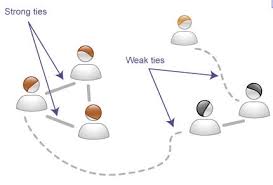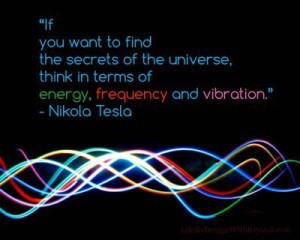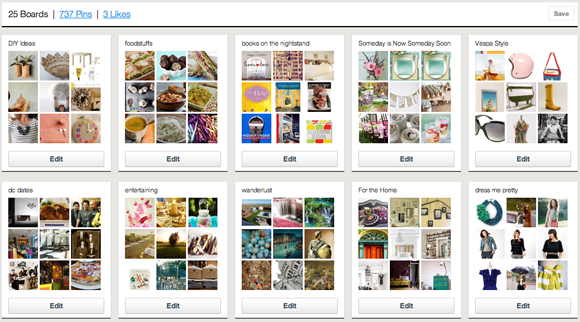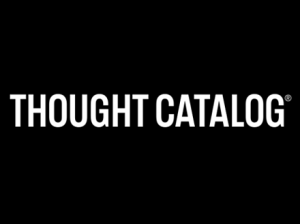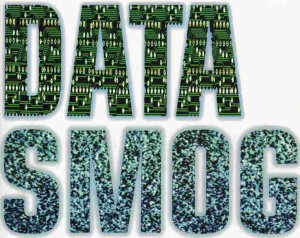….of life or anything you do really and this includes work, this course and getting assignments done. Real good real if you’re a procrastinator. hah
The seven effective habit started out as a Self-Help book, written by a guy called Stephen R.Covey. So, the book lists seven principles that, if established as habits, are supposed to help a person achieve true interdependent effectiveness. Really? Well I heard about this first during a high school talk and well I guess it made sense to me somehow.
So lets get started.
Habit One: Be Proactive (Principles of Personal Choice)
You can either be proactive or reactive when it comes to how you respond to certain things. When you are reactive, you blame other people and circumstances for obstacles or problems. Being proactive means taking responsibility for every aspect of your life. Initiative and taking action will then follow. Note: This first habbit is the Key to unlocking the other habbits!
Habit Two: Begin with the End in Mind (Principles of Personal Vision)
Begin with the End in Mind is about setting long-term goals. Decide where you want to finish and work towards your goal. Where you want to end up. Because life is a race. When you Begin with an end in mind. You are starting yourself off with a goal and the future that you want to end up with. Your future is in your own hands.
Habit Three: Put First Things First (Priorities)
This habit describes a framework for prioritizing work that is aimed at short-term goals, at the expense of tasks that appear not to be urgent, but are in fact very important. People often do not set their priorities right. What may seem important to them might not be as important. And Vice versa. We need to learn how to prioritize our work and time management would play a key role in this.
Habit Four: Think Win-Win (Principles of Mutual Benefit)
An attitude whereby mutually beneficial solutions are sought that satisfy the needs of oneself, or, in the case of a conflict, both parties involved. Think positive. And always look on the bright side of life!
Habit Five: Seek First to Understand, Then to be Understood (Principles of Mutual Understanding)
Always keep in mind that giving out advice before having empathetically understood a person and their situation will likely result in rejection of that advice. Thoroughly reading out your own autobiography will decrease the chance of establishing a working communication.
Habit Six: Synergize (Principles of Creative Cooperation)
A way of working in teams. Apply effective problem solving. Apply collaborative decision making. Value differences. Build on divergent strengths.It is put forth that when synergy is pursued as a habit, the result of the teamwork will exceed the sum of what each of the members could have achieved on their own. “The whole is greater than the sum of its parts.” Or like they say ” Many brains are better than one”
Habit Seven: Sharpen the Saw (Principles of Balanced Self-Renewal)
This focuses on balanced self-satisfaction by engaging in carefully selected recreational activities and the need to sharpen ones mind. Set high goals for yourself and constantly try to achieve better and go on to the next level!
I hope you may or may not have found some enlightenment in these seven habits because i sorta did. Though there are so many different teachings and ways to live life effectively but in the end no one can teach you anything but yourself. We learn from books like this but living up to it is not easy. No one is perfect, but these are possible guidelines and vales that are there to guide us to whatever we want in life and our goals.



